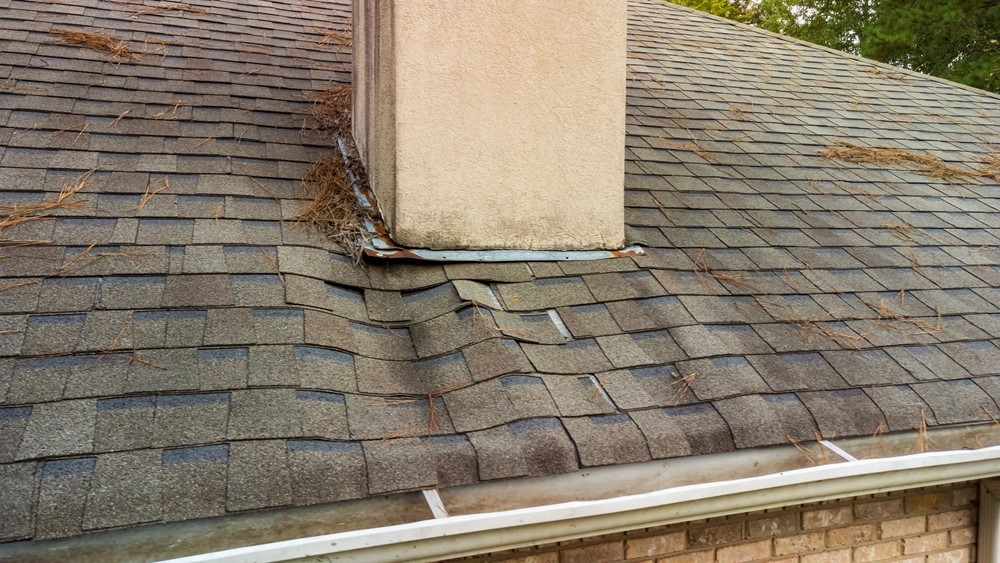Conserving energy wherever possible is a good practice if you want to live a more environmentally-responsible lifestyle, but with today's increasing utility costs, it also makes good financial sense. Of course, we're all aware of things like turning off lights when not in use, running appliances like dishwashers, washers, and dryers on off-peak power times when available, etc. But your home probably contains more hidden "energy drains" than you might be aware of. What are these "electrical vampires"? The standby power settings, which are standard with many electrical devices these days.
Believe it or not, somewhere from 5-10% of your home's electrical usage is from devices plugged in which have a standby mode. This includes your laptop which is in hibernation and doesn't appear to be drawing any power, to your phone charger, your CD player, the coffee pot that's off but still keeps track of the time, and most likely your television. Every electrical device in your home that displays the current time when off is using power even when it's not turned on.
None of these devices uses much power in standby, but when you add them all up, they can be significant sources of power drain. If you could cut your electrical bill 10% by making some minor adjustments, wouldn't you? If your average electrical bill is $100 a month, that's a possible savings of $120 a year, not to mention the savings in CO emissions. Estimates are that approximately 1%of global CO is directly attributable to standby power consumption.

Completely eliminating this phantom power drain is probably next to impossible, but there are steps you can take to reduce it in your home, by a third or more.
1. In each room of your home, take a look at each outlet to identify what is plugged in. Is it necessary to leave it plugged in constantly? Chances are that cell phone charger on your nightstand or the flatiron in the bathroom could get unplugged and then plugged in as needed.
2. Go on the offense - unplug unneeded devices, turn off your laptop or desktop computer when you're done with it, and invest in some surge protector power strips with an "off" switch. With these, you can leave everything plugged in for convenience but still shut them off and eliminate the standby power drain with one switch. You'll have to make subjective decisions in your own home on what's needed in standby and what's not. For instance, some people do just fine with manually pushing the "start" button on the coffee pot every morning, while others couldn't function without the timed brew start function.
3. When you're purchasing or replacing an electrical device, consider whether you really need that standby power or clock feature. If not, look for alternatives that either have a no-standby or low-standby power use. Choose models without clocks on devices where a clock is not essential to its function. If you don't use the timed-start on your coffee pot, it doesn't need a clock.
4. Look for EnergyStar-rated devices. These consume less power than their non-rated counterparts.
For more on identifying and reducing standby power culprits, click here for information from the U.S. Department of Energy’s Lawrence Berkeley National Laboratory. At Quarve Contracting we're interested in helping Minnesotans live greener lives and protect our environment. Saving energy is just one part of that. We also provide home improvement services that can help you reduce your energy use for heating and cooling, such as energy-efficient replacement windows and steel roofing.
Subscribe to Quarve Contracting's Blog







Comments